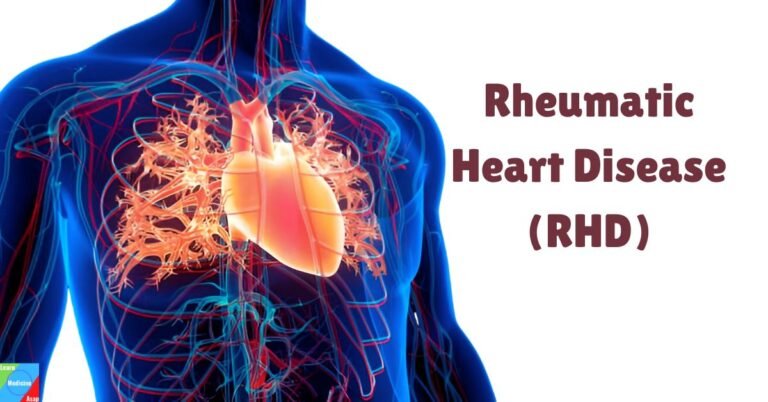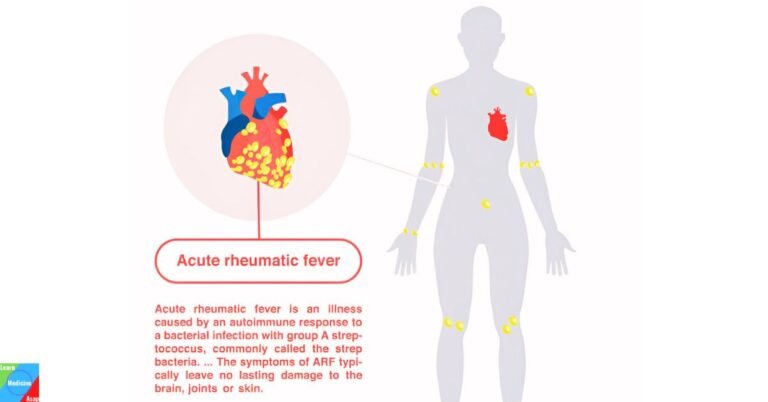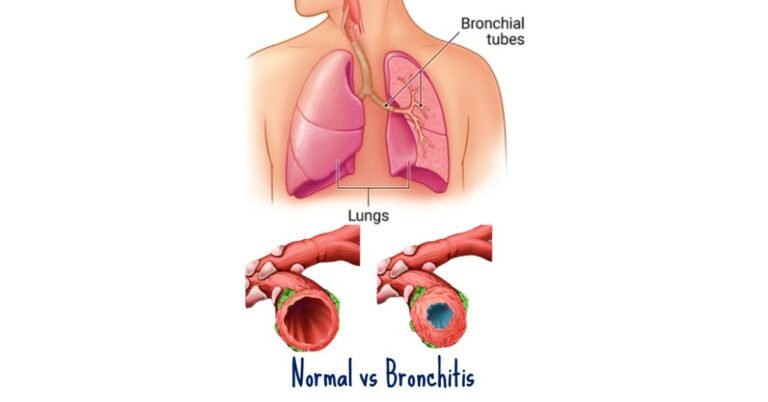Causes | Symptoms | Diagnosis | Treatment | Complications | Prevention
Giardiasis, a gastrointestinal infection caused by the parasite Giardia lamblia, is a health concern affecting millions of people worldwide. It is primarily transmitted through the ingestion of water or food contaminated with Giardia cysts, making it a significant concern for public health, especially in regions with poor sanitation and water treatment facilities.
What is giardiasis?
Giardiasis, often referred to as “beaver fever,” is an intestinal infection caused by the protozoan parasite Giardia lamblia. This microscopic parasite thrives in contaminated water and food sources, making it a common cause of waterborne diseases globally. It can affect both humans and animals.
What are the causes of giardiasis?
Giardiasis is primarily caused by the ingestion of Giardia cysts, which are resilient and can survive for extended periods in various environments. The main sources of infection and modes of transmission of giardiasis include:
- Contaminated Water: Drinking water from untreated or poorly treated sources, such as rivers, lakes, streams, or wells, that is contaminated with Giardia cysts is a common cause of giardiasis. Swimming in or swallowing water from these sources can also lead to infection.
- Contaminated Food: Consuming raw or undercooked food, especially vegetables and fruits, that have been washed or prepared with contaminated water can transmit Giardia cysts to individuals.
- Person-to-Person Transmission: Giardiasis can be spread from an infected person to others through close personal contact, particularly in settings like households, daycare centers, and institutions where good hygiene practices may not be consistently followed. Fecal-oral transmission can occur when infected individuals do not properly wash their hands after using the bathroom and then touch objects or food that others come into contact with.
- Animal-to-Human Transmission: Giardia can be present in the feces of infected animals (especially domestic pets like dogs and cats). Contact with contaminated feces or environments, such as petting animals and not practicing good hygiene afterward, can result in transmission to humans.
- Travel: Traveling to regions with poor sanitation and unsafe drinking water can increase the risk of contracting giardiasis, especially if one consumes contaminated water or food.
- Daycare Centers and Schools: Young children in daycare centers or schools are particularly susceptible to giardiasis due to their close proximity to one another and the potential for poor hygiene practices.
- Contaminated Surfaces: Touching surfaces or objects that have been contaminated with Giardia cysts (e.g., bathroom fixtures, doorknobs) and then touching the mouth can lead to infection.
- Sexual Contact: Although rare, sexual transmission of Giardia has been reported among men who have sex with men (MSM) and can occur through oral-anal contact.
What are the symptoms of giardiasis?
Giardiasis can manifest with various symptoms, which typically appear 1 to 3 weeks after exposure. Common signs include:
Diarrhea: One of the hallmark symptoms of Giardiasis is diarrhea, which can be both acute and chronic in nature. It typically manifests as watery or greasy stools. The diarrhea associated with Giardiasis is often intermittent, with periods of normal bowel movements alternating with episodes of loose stools and may contain mucus.
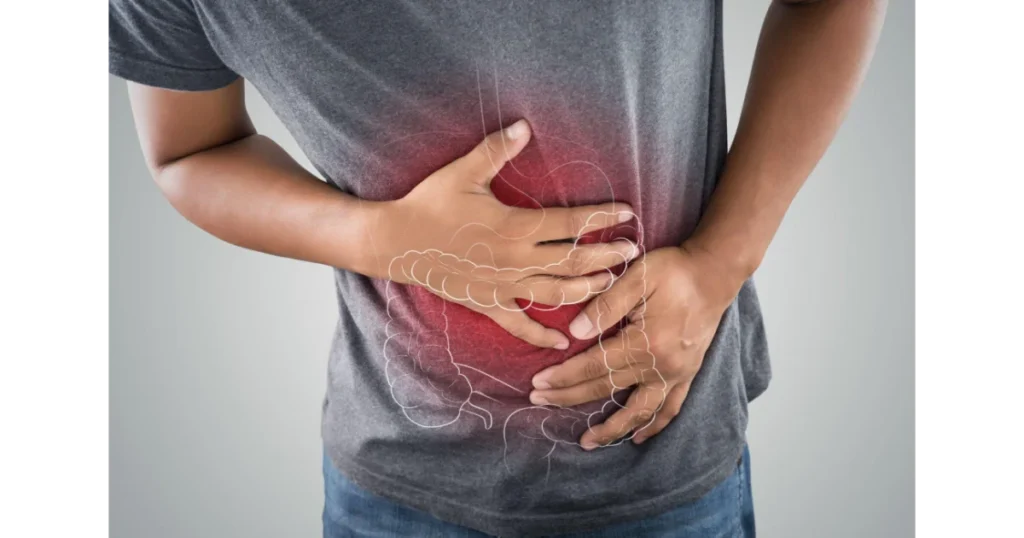
Abdominal Pain: Abdominal pain is a prominent symptom of Giardiasis and is often one of the earliest indications of the infection. The pain typically manifests as cramps or discomfort in the abdominal region. It may vary in intensity and can be localized or diffuse.
Bloating: Bloating is a common symptom of Giardiasis and often accompanies other gastrointestinal complaints. It typically presents as a feeling of fullness and tightness in the abdominal area, accompanied by visible distention. Bloating can vary in severity and may occur intermittently throughout the course of the infection.
Nausea and Vomiting: Nausea, often accompanied by vomiting and is particularly distressing for those affected. Nausea presents as a queasy or unsettled feeling in the stomach, sometimes progressing to the urge to vomit. Vomiting may occur as the body attempts to expel irritants or toxins, including those produced by the Giardia parasite.
Fatigue: Fatigue is a common and debilitating symptom of Giardiasis. It is characterized by a persistent feeling of tiredness, weakness, and reduced energy levels. People with Giardiasis often report feeling exhausted, even after minimal physical or mental exertion. Fatigue can significantly impact daily activities and quality of life.
Weight Loss: The link between giardiasis and weight loss is primarily attributed to the disruption of the digestive and absorptive functions of the small intestine caused by the parasite. Giardia attaches to the intestinal wall and interferes with the body’s ability to absorb nutrients effectively. This interference can result in malabsorption, leading to weight loss over time.
Foul-Smelling Stools: Foul-smelling stools, also known as malodorous stools, are a characteristic symptom of giardiasis. This odor is often described as unusually strong and unpleasant. The connection between Giardia infection and foul-smelling stools can be explained by several factors including; malabsorption of nutrients, increased bacterial fermentation and reduced digestive enzyme activity.
Dehydration: Giardia infection often causes prolonged and frequent bouts of diarrhea. This leads to a significant loss of fluids and electrolytes from the body, putting individuals at risk of dehydration. Common signs of dehydration include:
- Thirst
- Dry mouth and dry skin
- Dark urine or decreased urine output
- Fatigue and weakness
- Dizziness or lightheadedness
- Rapid heartbeat
- Sunken eyes
How is giardiasis diagnosed?
Accurate diagnosis of Giardiasis is essential for appropriate treatment. Healthcare providers typically employ the following methods:
Clinical Evaluation:
Symptoms Assessment: The first step in diagnosing giardiasis is to evaluate the patient’s clinical presentation. Common symptoms of giardiasis include diarrhea, abdominal pain, bloating, nausea, and fatigue. It’s essential for the healthcare provider to gather information about the patient’s medical history, travel history, recent activities, and potential exposure to contaminated water sources, as giardiasis is often associated with waterborne transmission.
Stool Examination:
Microscopic Examination: The gold standard for diagnosing giardiasis is the microscopic examination of stool samples. A fresh stool sample is collected and examined under a microscope to detect the presence of Giardia cysts or trophozoites. This method is highly specific and sensitive, particularly during the acute phase of the infection.
Multiple Stool Samples: Since Giardia cysts may not be shed consistently in the stool, multiple stool samples collected over several days may be necessary to increase the likelihood of detecting the parasite.
Immunological Tests:
Enzyme Immunoassays (EIAs): Immunological tests, such as enzyme immunoassays, can detect specific antigens produced by Giardia in the stool. These tests are highly sensitive and are often used as an alternative to microscopic examination. They can provide rapid results, which is particularly useful for clinical diagnosis.
Entero-test (string test)
This test is particularly useful when traditional methods like stool examination have not yielded conclusive results.
The Entero-Test involves the use of a thin, flexible tube or string with an absorbent tip.
The patient swallows the string, and it is allowed to pass through the gastrointestinal tract, including the stomach and small intestine.
The string is secured in place and allowed to remain in the stomach and small intestine for a predetermined period, often around 4-6 hours.
During its passage, the string collects samples of fluid and mucus from the small intestine, where Giardia parasites may reside.
The collected samples on the string are then analyzed in a laboratory.
Polymerase Chain Reaction (PCR):
Molecular techniques like PCR can detect and identify the DNA of Giardia parasites in stool samples. PCR is highly specific and can distinguish between different Giardia genotypes. It is a valuable tool for research and in cases where other diagnostic methods yield inconclusive results.
Serological Tests:
Blood tests that detect antibodies against Giardia may be used in some cases. However, these tests are typically less reliable for diagnosing acute giardiasis because antibodies may not be present early in the infection.
Differential diagnosis:
When evaluating a patient with symptoms suggestive of giardiasis, healthcare providers consider a differential diagnosis to rule out other conditions that can present with similar clinical features. The following are some of the key conditions that may be considered in the differential diagnosis for giardiasis:
- Amoebiasis (Entamoeba histolytica).
- Cryptosporidiosis.
- Bacterial Gastroenteritis.
- Food Allergies and Intolerances such as lactose intolerance or gluten sensitivity.
- Irritable Bowel Syndrome (IBS).
How is giardiasis treated?
Treating Giardiasis usually involves medications to eradicate the parasite and alleviate symptoms. Commonly prescribed medications include:
Medications:
- Metronidazole (Flagyl): This is the most commonly prescribed medication for giardiasis. It’s an antibiotic that is highly effective against Giardia parasites. Typically, you’ll take metronidazole for 5-7 days, with the exact dosage and duration determined by your healthcare provider.
- Tinidazole (Tindamax): This is an alternative medication to metronidazole and is equally effective. It’s sometimes preferred for those who cannot tolerate metronidazole due to side effects. The treatment duration and dosage are similar to metronidazole.
- Nitazoxanide: This antiparasitic drug is suitable for children and adults and is taken for three days.
- Paromomycin: an oral aminoglycoside can be given to symptomatic pregnant women. However, it is advisable for pregnant women to postpone the use of any medication for giardiasis until after giving birth.
Hydration
- Diarrhea and vomiting can lead to dehydration. It’s essential to drink plenty of fluids, such as water, oral rehydration solutions, and clear broths, to stay hydrated during the illness.
Avoid Alcohol
- While undergoing treatment with metronidazole or tinidazole, it’s essential to avoid alcohol consumption, as it can lead to severe reactions, including nausea, vomiting, and headaches.
Follow-Up
- After completing the prescribed course of medication, it’s crucial to follow up with your healthcare provider. They may recommend a repeat stool test to ensure that the Giardia infection has been successfully cleared.
What are the complications of giardiasis?
While Giardiasis is typically a self-limiting infection, it can lead to complications in some cases. Complications may include:
- Dehydration: The most common complication of giardiasis is dehydration. Diarrhea and vomiting can lead to a significant loss of fluids and electrolytes from the body. Dehydration can be particularly concerning in young children, the elderly, and individuals with weakened immune systems.
- Weight Loss: Prolonged giardiasis, especially in cases of chronic or recurrent infection, can result in weight loss due to poor absorption of nutrients in the small intestine. This can lead to malnutrition and its associated health problems.
- Chronic Giardiasis: In some cases, giardiasis can become chronic, with symptoms persisting for weeks or even months. Chronic giardiasis can be debilitating and may require extended medical treatment.
- Exacerbation of Other Health Conditions: Giardiasis can exacerbate underlying health conditions, such as inflammatory bowel disease (IBD) or diabetes, making the management of these conditions more challenging.
How is giardiasis prevented?
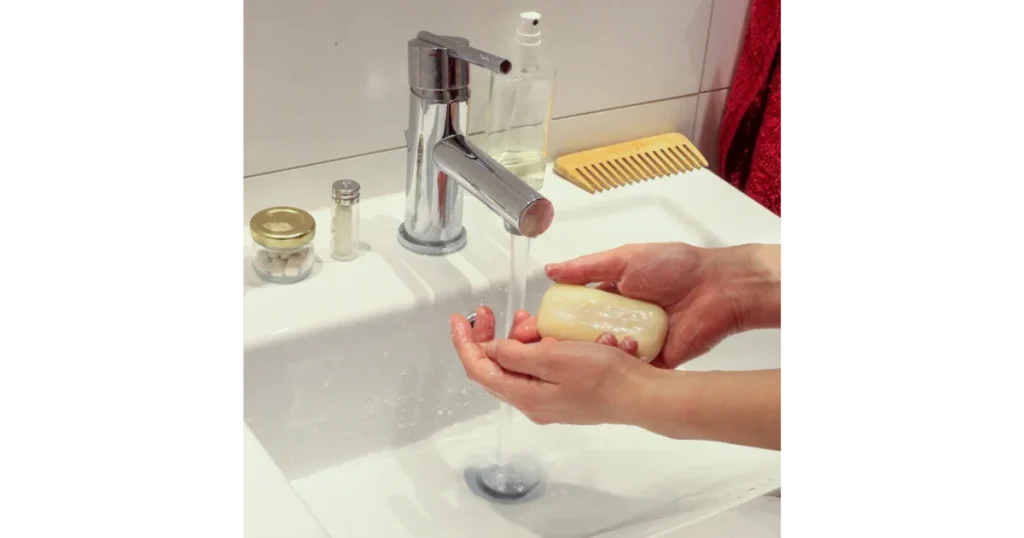
Preventing Giardiasis involves adopting several key measures:
Water Safety
- Boil or Filter Water: When camping or traveling in areas with questionable water sources, boil water or use a water filter to remove Giardia cysts.
- Avoid Untreated Water: Do not drink water from streams, rivers, or lakes unless you can verify its safety.
Hygiene Practices
- Handwashing: Thoroughly wash your hands with soap and clean water, especially after using the restroom and before handling food.
- Diaper Changing: If caring for an infant, practice proper diaper-changing hygiene to prevent contamination.
Food Safety
- Cook Food Thoroughly: Ensure that all food, particularly meat, is cooked thoroughly to kill any potential parasites.
- Wash Produce: Rinse fruits and vegetables with clean water before consumption.
FAQs
Q: Can Giardiasis be transmitted from person to person?
A: Yes, Giardiasis can be transmitted through close personal contact, particularly in households and childcare settings.
Q: What is the incubation period for Giardiasis?
A: The incubation period is usually 1 to 3 weeks after exposure.
Q: Are there long-term consequences of Giardiasis?
A: While most cases resolve without long-term effects, chronic Giardiasis can lead to ongoing digestive problems.
Q: Can Giardiasis be prevented with vaccines?
A: There is no vaccine for Giardiasis; prevention relies on proper hygiene and safe food and water practices.
Q: Is Giardiasis more common in certain regions?
A: Giardiasis is prevalent worldwide but is more common in areas with inadequate sanitation and water treatment.
Q: Can pets transmit Giardiasis to humans?
A: Yes, pets can carry Giardia and potentially transmit it to humans. Proper pet hygiene is essential.
Takeaway
Giardiasis is a gastrointestinal infection caused by the parasite Giardia lamblia, primarily transmitted through contaminated water and food sources. Recognizing its causes, symptoms, diagnosis, treatments, complications, and prevention strategies is vital to stay healthy and avoid this potentially debilitating infection. By following proper hygiene and food safety practices, you can reduce the risk of Giardiasis and protect your well-being.
References
- Ortega, Y. R., & Adam, R. D. (1997). Giardia: overview and update. Clinical Infectious Diseases, 25(3), 545-550.
- Thompson, R. C. A. (2000). Giardiasis as a re-emerging infectious disease and its zoonotic potential. International Journal for Parasitology, 30(12-13), 1259-1267.
- Adam, R. D. (2001). Biology of Giardia lamblia. Clinical Microbiology Reviews, 14(3), 447-475.
- Drugs for parasitic infections. (2013). https://www.uab.edu/medicine/gorgas/images/docs/syllabus/2015/03_Parasites/RxParasitesMedicalLetter2013.pdf

